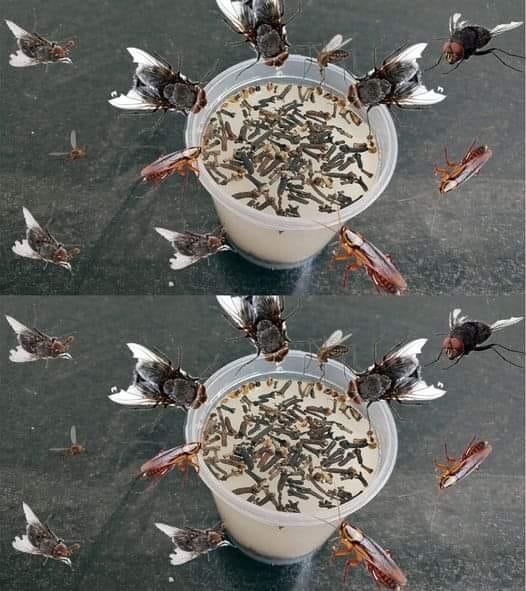Bath towels are an essential part of daily life, offering comfort and absorbency after a shower or bath. While many people focus on factors such as softness, thickness, and material, one often-overlooked aspect of towel design is the presence of lines or patterns on the fabric. These lines, which may appear to be purely decorative, serve critical functional purposes that improve absorbency, durability, and overall performance.
Understanding how these lines are created and their role in towel design can give us a greater appreciation for the craftsmanship behind this everyday household item. Let’s explore the purpose of these lines and break down the step-by-step process of manufacturing towels with these intricate details.
Why Do Bath Towels Have Lines?
The lines found on bath towels serve multiple purposes:
• Enhanced Absorption – Towels are primarily designed to absorb water quickly. The lines, which create variations in the fabric’s texture, increase the surface area and improve moisture-wicking properties.
• Structural Reinforcement – Towels undergo frequent washing and usage, which can cause wear and tear. The lines act as reinforcements, preventing the fabric from fraying or losing its shape over time.
• Improved Aesthetic Appeal – Apart from functionality, these lines contribute to the towel’s appearance, making it look elegant and stylish.
• Tactile Comfort – Textured lines can enhance the feel of the towel, adding a luxurious touch and making it more comfortable against the skin.
Now that we understand their importance, let’s dive into how these lines are made during the towel manufacturing process.







